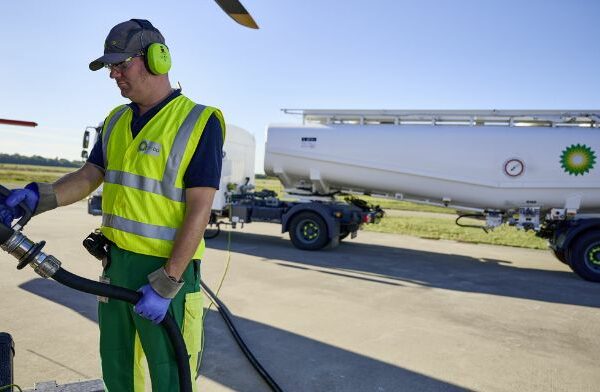

ACI’s preliminary statistics reveal that airport traffic around the globe has grown consistently over the last three years, with passenger traffic growing 6.6% in 2017.
Stability in the industry has not only reinforced the value of investment, but robust competition continues to shape the industry and its capacity to generate revenues. These positive results are coupled with the news that aeronautical revenue generated from airport charges per passenger in real terms has remained stable – around US$10 per passenger. According to ACI, this underlines that the calls for tighter economic regulation for airport charges are unfounded.
The report also found that all eyes need to continue looking towards emerging and developing economies (particularly in Asia-Pacific) when it comes to the future growth in air transport demand. By 2040, airports in emerging and developing economies are expected to occupy 62% of global passenger traffic, as opposed to 45% in 2016.
Commenting on how airports are essential to the economic development of cities and regions, Angela Gittens, director general ACI World, said: “Since 2010, global passenger traffic has been growing at an average of 5.5% annually, which is testament to the resilience of the industry.
“While there are predictions of looming challenges on the horizon – including inflationary pressures and a protectionist threat in some major economies – passenger traffic has remained on an upward trajectory across the globe at airports in response to demand in both advanced and emerging economies.”
But, she warned, to keep up with this demand, airports must invest, improve and grow. “Charges and non-aeronautical revenues are major sources of funds for airports to invest in infrastructure and service improvements. Disproportionate efforts to restrict or regulate this should be avoided, especially considering airport charges have remained both stable and reasonable in response to the strong competitive pressures that now shape the airport industry.”
The report’s findings also highlighted that airports are asset-intensive businesses that require years to recuperate their capital investments in infrastructure such as runways and terminals. With a demand for increasing levels of investment to maintain and enhance capacity at an appropriate level of service quality, airport charges and non-aeronautical revenues are a major source of funds for investment.
It came as no surprise that the report also revealed that customer experience remains a top priority for airports. With the industry experiencing efficiency gains on an operational level, this is a positive sign that airports have clearly focused their efforts in the improvement of airport operations to better serve their customers.





